Everyone wants to go to the beach in Australia, and why wouldn’t you. We have beaches everywhere because we are an island, though in reality we are a continent, and apparently there is a difference. Most of our population mostly lives around the coastline and therefore are close to the beaches..
We are predominantly a beach culture because our beaches are amazing, the weather is amazing, and our lifestyle is amazing.
Now I have your attention
Australian beaches are beautiful, but …
Contents
However, within this amazing beauty lies danger. If you choose to ignore the knowledge that Australia has about its own beaches, it is really very foolish. [clickToTweet tweet=”Don’t underestimate the power of the ocean. Swim between the bloody flags on Australian beaches. #travel #Australia” quote=”Don’t underestimate the power of the ocean and listen, and actively swim between the bloody flags on Australian beaches.” theme=”style3″] Bloody being a normal word to use in Australia, and you can find out why here, Australia, a b***** foul-mouthed nation.
[clickToTweet tweet=”Our beaches can be dangerous. No, our spiders and our snakes don’t usually go for a surf, but our sharks do. #travel” quote=”Our beaches can be dangerous. No, our spiders and our snakes don’t usually go for a surf, but our sharks do. “]We also have rips. A rip is a kind of current that likes to take you to places that you might not want to go to. They can take you a long way away pretty quickly, and you could find yourself in Jaws territory or even worse. If you become too tired to swim or float anymore, or the waves are just too big and unpredictable, then it could be all over red rover. This is an Australian expression, which basically means you are dead. This is why you must swim between the flags – the RED and YELLOW flags.
Why the rant?
Australia is aware of these things. The beaches are hugely popular yet can be erratic. So, we have surf lifesavers. These men and women are here to protect and save lives – that is your life and mine. While most Australians learn to swim from a young age, there are many who cannot, and many of these are new people who have come to our shores. They are also our tourists who come here in droves, because Australia is a fascinating and exciting country. While many can swim, the sheer complexity of our beaches means that everyone, including us, who live next to the beach, need to swim between the bloody flags on Australian beaches to stay safe.
We live by the beach and walk along it a number of times a day and swim in it also. However, we see people swimming where they shouldn’t be. We see people swimming outside of the flags and putting themselves and the surf life savers at risk. NO, JUST DO NOT.
Australia’s long history of surf life saving
Australia has a long and proud history of surf life saving.
In 1902 it was against the law to go into the beach during daylight hours in Australia. People didn’t like this law and went swimming anyhow.
However many people were inexperienced swimmers and had problems with the unusual surf conditions like the rips, and drownings increased, and Australian’s have always had an issue with authority anyhow. The increased drownings gave rise to volunteers offering their services to protect people in the water and this continues to today.
This also gave rise to more people learning how to swim, and nearly every child in Australia is taught to swim from a very early age. It has also gave rise to what are called Nippers, our children who are learning surf safety and who will be our next volunteer surf life savers.
So you can see, we take the precarious nature of our seas very very seriously. So should you. When you come to see us, and we want you to, swim between the red and yellow flags.
What flags you ask?
Our beaches are patrolled by lifesavers who are skilled at recognizing which is the safest part of the beach for us all to swim in. They put up red and yellow flags to show you exactly where it is safe to swim. And this is the ONLY place that you should swim – between the bloody flags. The surf lifesavers are trained volunteers who will help you if you get into trouble. Yes, they will risk their own lives if you are too stupid to swim between the flags, but frankly, that is not fair. We also have paid surf lifesavers at our beaches; you have probably seen some quite handsome ones at Bondi Beach, and all of our surf lifesavers at all of our beaches, are highly trained and skilled at patrolling the beaches and helping people in trouble.
People who do not listen or tourists who do not understand signs, are also a factor.
It is simple….Swim between the bloody flags on Australian beaches
- If you understand, then do the right thing and swim between the bloody flags on Australian beaches.
- Colours are universal so if you see the following flags, swim between them.
Things that you need to do
- Learn to swim in both still water and beach water; they are different
- Only swim between the red and yellow flags at the beach
- Swim only at a patrolled beach
- Respect the ocean. The ocean environment is powerful, unpredictable, and home to hidden dangers.
- Learn the basics like raising your arm if you are difficulty
- Keep your first aid skills up, like CPR
- Listen to the LIFESAVERS
- Have fun
Other flags you may see at the beach:
Red flags
A red flag indicates danger. Never enter the water when the red flag is flying.
Black and white chequered flags
If you see a black and white chequered flag, it means the area is safe for watercraft, like surfboards and kayaks. It is not safe to swim or use a body board in these areas.
The bottom line is – we do not want you to die when you come to visit us. The flags are here to protect you and me. Just swim between the bloody flags on Australian beaches, and you will be fine to enjoy everything that Australia has to offer.

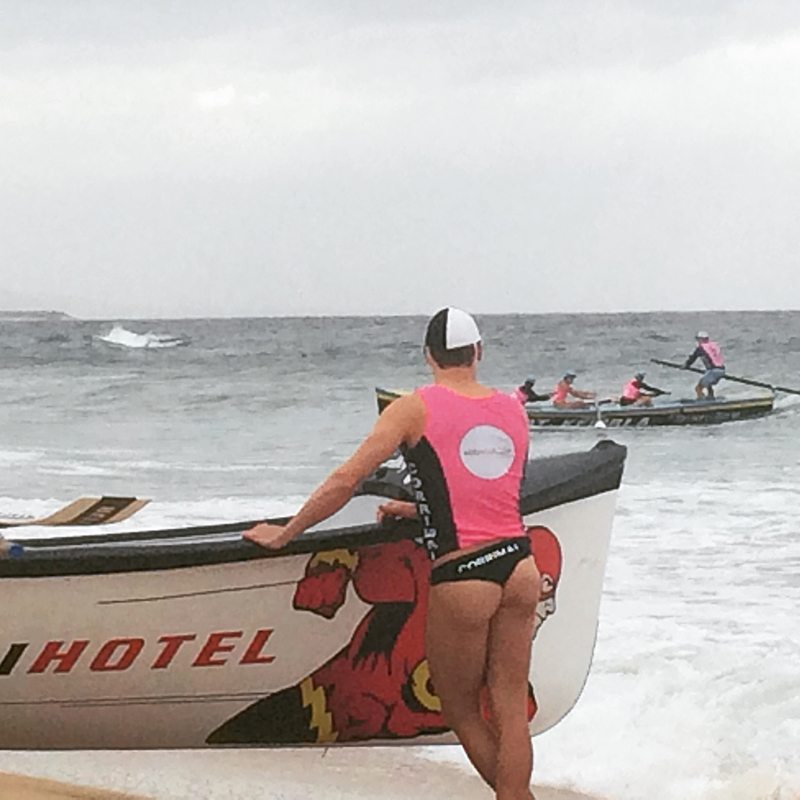
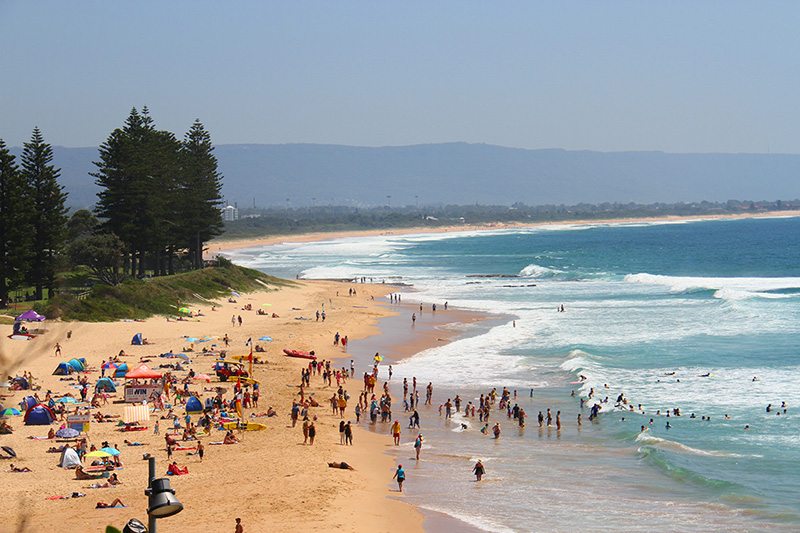
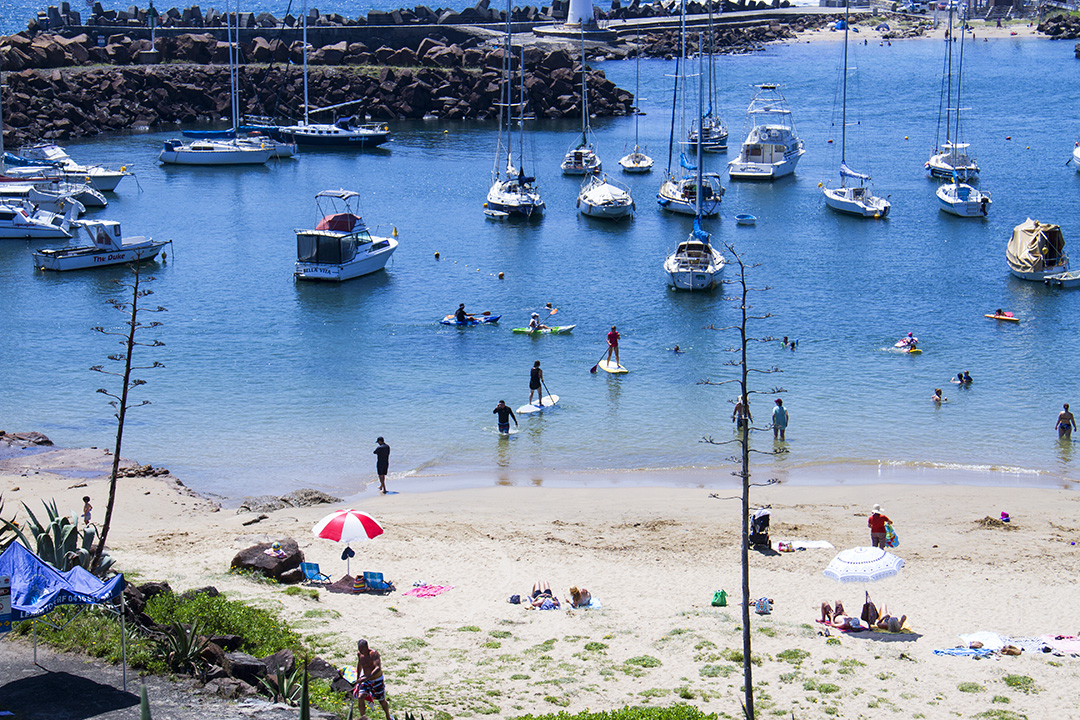
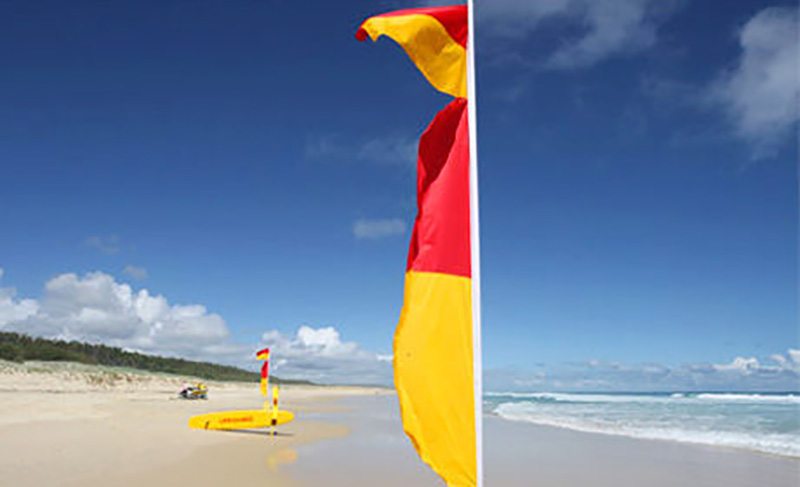
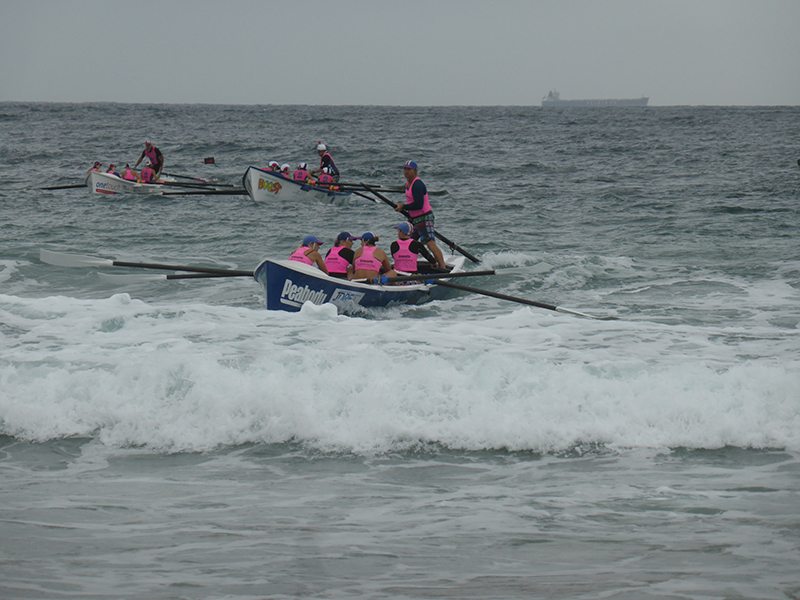
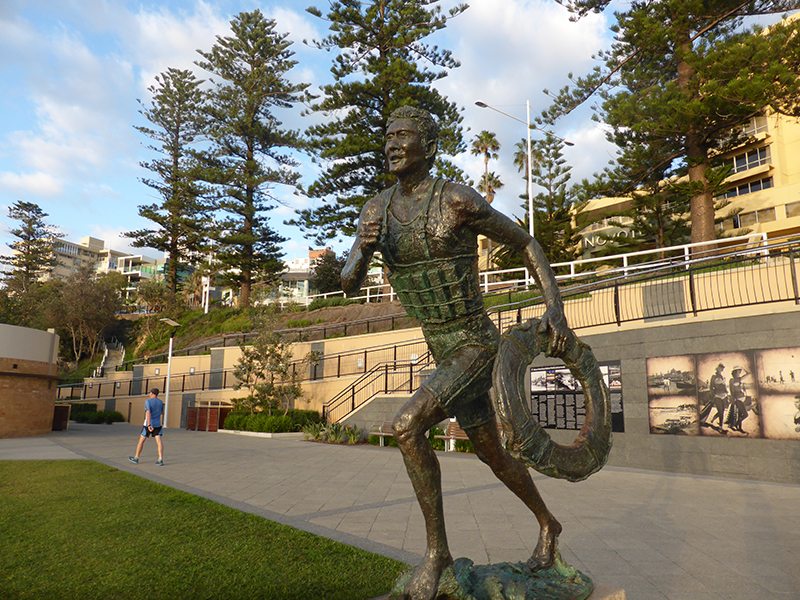
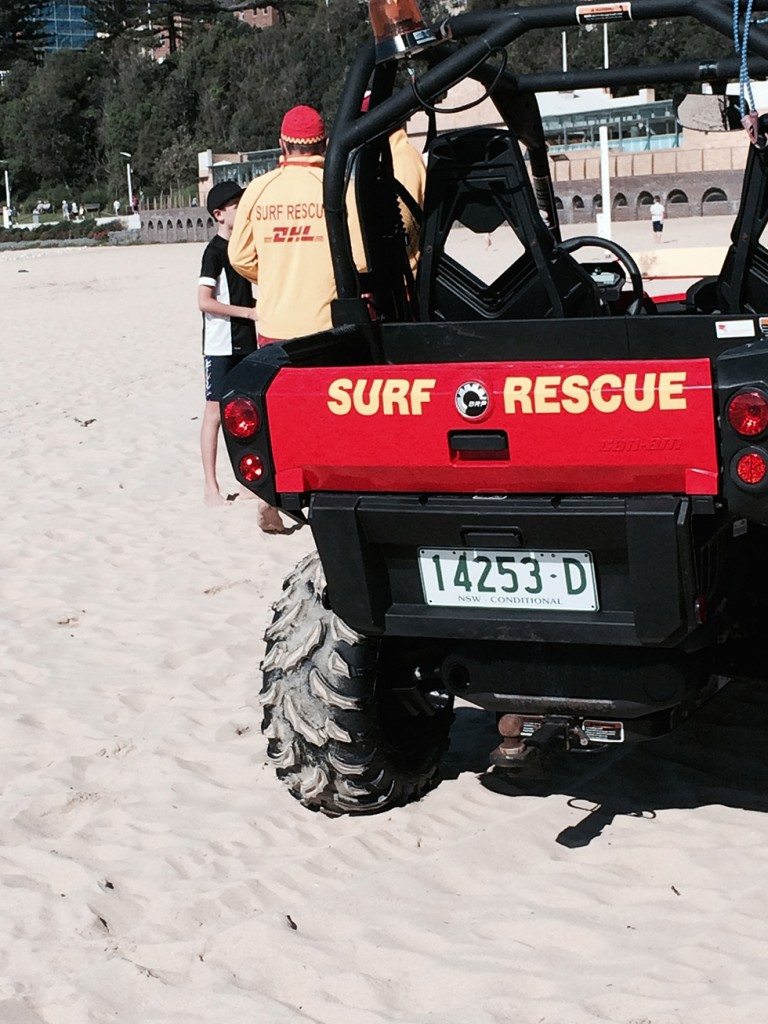

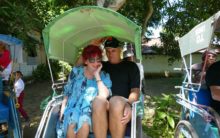
I’m with Paul. I wish this could be universal. We spend a lot of the summer on Nantucket where the surf can get really rough and I can’t believe the chances people take-especially with young kids. I must say however, the life guards wear much different trunks on the shore here!
I hadn’t realised that I got that shot until I looked at them. It works 🙂 I agree that surf lifesavers need to be universal, but much of our Australian life saving is volunteer and it is huge.
Couldn’t agree more. In fact, I’d take it further to say this should apply the world over, not just in Australia. Sure, there are parts of the world where sharks are less of a threat, but the currents and conditions alone can be very deceptive that you really should take note of any guidance that’s being offered.
Definitely, I think that it is more the unpredictable nature of the ocean. I know that we need and want our surf life savers.
I have been saved by lifesavers during a rip in Sydney (teenage girls dream in those days). God bless our lifesavers. Thanks for the post making sure everyone is aware. P.s. We do have some of the best beaches anywhere in the world for sure!
It is so true, we have the best beaches but also some quite unpredictable conditions. Our surf lifesavers are an essential part of your life and we thank them also.
Agreed! We live on a pretty dangerous beach in South East Queensland where the waves can be huge and rips appear out of nowhere. Accidents easily happen and lifeguards give up their time for swimmers so use the service they kindly offer and say safe!
Thanks Steph, totally agree. We need our surf life savers. No matter how good a swimmer, those rips can be scary and very dangerous.
I grew up swimming in the sea every summer with my sister. We lived on the beach (or rather in the sea). Guess we are lucky that the sea is much safer here as I’ve never seen a lifeguard on any of the beaches in the area (West Sussex, UK). Mind you, I remember once being swept off my feet and tumbling over and over, being slammed into a huge pipe, up and over it, then over and over some more, before ending up some way along the beach. So even when you know the beach like the back of your hand, the sea can still catch you by surprise.
Totally agree, the sea can be so unpredictable. We have lifeguards on nearly every beach, and during winter there are some designated patrolled beaches.
Our surf lifesavers are amazing. Also a good plan not swim when the beach is closed by the lifesavers due to dangerous jellyfish, the number of people we would see head in for a swim in Cairns and surrounds when the SLS had deemed it necessary to close the beach…crazy!
What is so unfair is that surf life savers, who volunteer their time, their services and skills cannot enforce these – despite knowing what is safe and what id not.
Wonderful information which applies across the ditch too. We are pretty pedantic about going to patrolled beaches and swimming between the flags, especially on the west coast with bigger waves.
Thanks Rhonda, and this does equally apply to New Zealand. We have beaches that need to be respected.
Well, it makes bloody sense, doesn’t it, to swim between the bloody flags :-).
I bloody love you guys :))